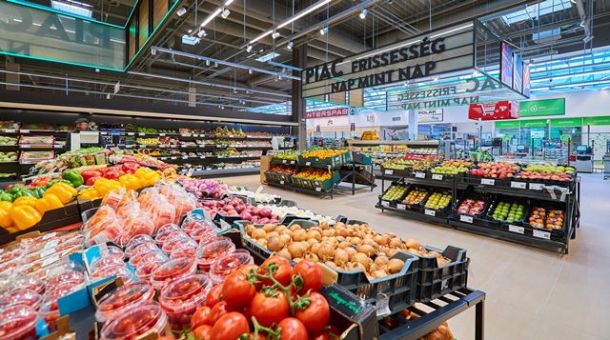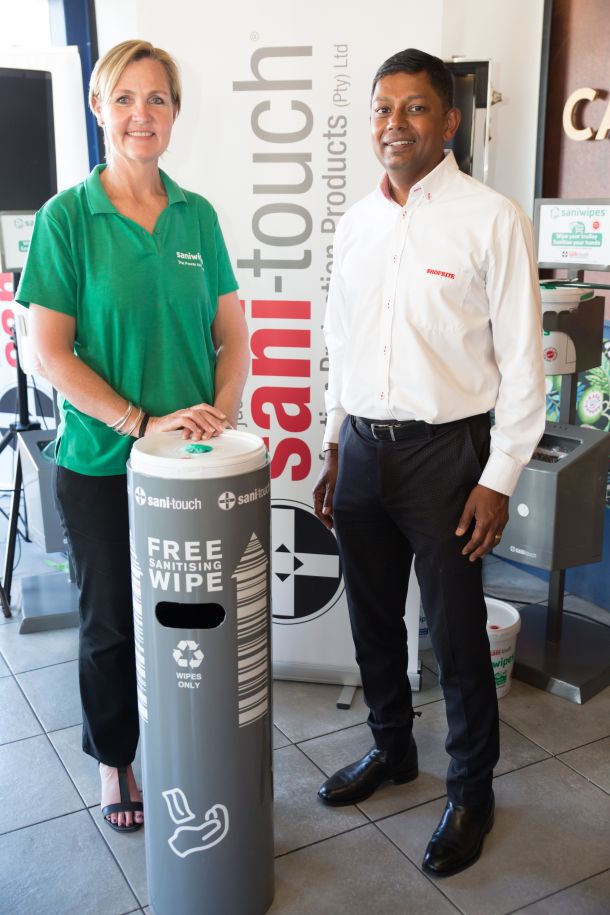Most grocery trade promotions lose money for suppliers, says Nielsen
Six-out-of-ten grocery trade promotions now lose money for FMCG suppliers, and the situation has been getting worse, according to a three-year global trend analysis by Nielsen.
Every year an estimated $500bn is spent on trade promotions globally, with FMCG manufacturers often investing 20% of their revenue on these promotions. Last year, across the Western world’s major markets, Nielsen found that 59% of trade promotions made a net loss. In addition, the average loss on these trade promotions has worsened in the last three years.
This is the first time the returns on trade promotions have been quantified on such a substantial scale. Nielsen analysed the performance of nearly 212 million promotion ‘events’ in 2012-2014 for 5 million UPCs (universal product codes), across multiple channels from seven countries - US, UK, Germany, France, Italy, Spain and Canada – with retail sales totalling more than $1.5trn.
While the study’s headline figures show average performance by country and category, there are great variations between different manufacturers’ promotions, with some doing very well and others, very badly. Across the study, the most efficient promotions (top 10%) made seven times the returns of the least efficient (bottom 10%).
In the UK, the proportion of trade promotions making a loss (58%) is only marginally better than the global average – but still worse than in Spain, Germany, Canada and Italy, and level with the figure in France.
In the US, the loss rate is even higher, at 71%.
The UK analysis across nearly 200 categories shows that the best promotional returns last year were on skin cosmetics, toilet paper and, most efficient of all, dishwasher detergent, which made money 78% of the time. However, the worst promotional returns were on fresh fillings, pâtés and, least efficient of all, abrasive cleaning pads, where only 6% of promotions made money.
Despite painting a picture of poor trade investment, the wide-ranging data is now being put to good use. Nielsen has been able to accurately distinguish between profitable promotions and those performing poorly to help manufacturers pinpoint improvement opportunities.
Nielsen leader for sales effectiveness in Europe Paul Walker explained: “Most FMCG players acknowledge the ineffectiveness of trade promotions, but until now, their efficacy has largely been a matter of guesswork. That’s no longer the case.
“For the first time, Nielsen has worldwide data to show how effective their promotional spend is. By looking at the retail sales of each category, we can gauge the potential for improved performance before the investment is made. There are opportunities across the store.”
Walker concluded: “Understanding what is and isn’t working is allowing us to help our manufacturer clients become more strategic, less tactical and ultimately get more from their trade investments.”
News Category
- International retailers
- On the move
- Awards and achievements
- Legislation
- Wine and liquor
- Africa
- Going green
- Supplier news
- Research tools
- Retailer trading results
- Supply chain
- Innovation and technology
- Economic factors
- Crime and security
- Store Openings
- Marketing and Promotions
- Social Responsibility
- Brand Press Office
Related Articles

Spar reports growth of 3.3% as global retail sa...

Informal Retail in Africa: Could Technology be ...

Consumers need a good reason to shop this Black...

Checkers launches deals onto its Sixty60 home d...


